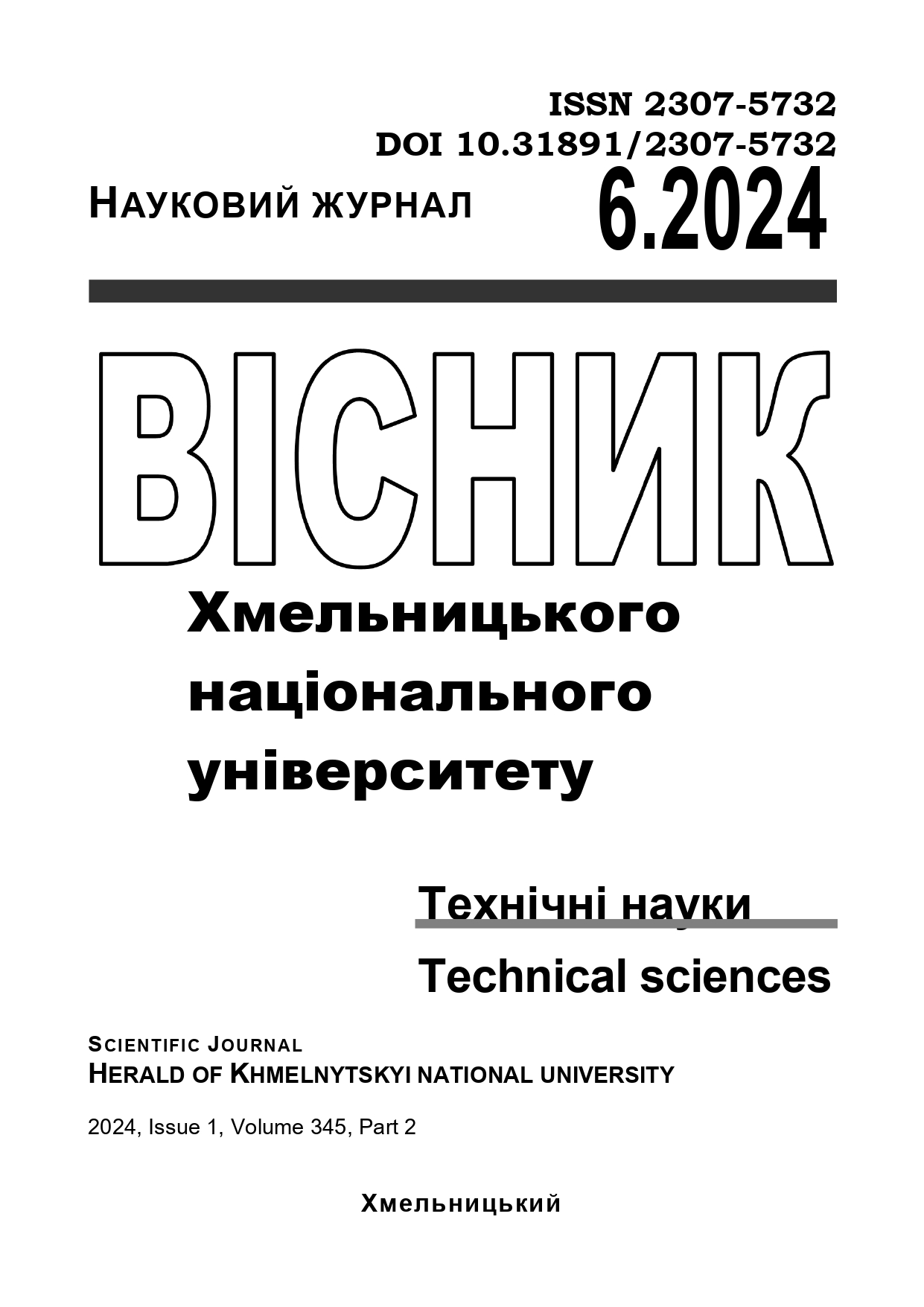АВТОМАТИЗОВАНИЙ РОЗРАХУНОК ОПТИЧНИХ СИСТЕМ ЛІНЗОВИХ ОБ'ЄКТИВІВ ДЛЯ КОРОТКОХВИЛЬОВОГО ІНФРАЧЕРВОНОГО ДІАПАЗОНУ
DOI:
https://doi.org/10.31891/2307-5732-2024-345-6-29Ключові слова:
об’єктив, короткохвильовий інфрачервоний діапазон, short-wave infrared, SWIR, автоматизоване проєктування, глобальна оптимізація, модуляційна передавальна функція, МПФ, дисторсіяАнотація
В даному дослідженні виконано перевірку результативності процедури автоматизованого параметричного синтезу нових оптичних систем багатолінзових об’єктивів, в основу якої покладений модифікований алгоритм стохастичної глобальної оптимізації. Зокрема, в роботі здійснений автоматизований абераційний синтез двох оптичних систем сферичних об’єктивів: 8-лінзового об’єктива з фокусною відстанню 50 мм, відносним отвором 1:1,4 і кутовим полем зору 23° та 6-лінзовийого об’єктива з фокусною відстанню 200 мм, відносним отвором 1:2,4 і кутовим полем зору 5,87°. Обидва об’єктиви призначені для функціонування в ближньохвильовому інфрачервоному діапазоні (short-wave infrared, SWIR, 0,9–2,3 мкм) з матричними приймачами випромінення, що мають діагональ до 20,5 мм. Для синтезованих систем значення дифракційних поліхроматичних модуляційних передавальних функцій виявилися більшими, ніж у розглянутих комерційних зразках. Виконаний абераційний аналіз синтезованих SWIR-об’єктивів та порівняння їх характеристик з комерційними аналогами вказують на високу якість зображення та конкурентоздатність отриманих зразків

